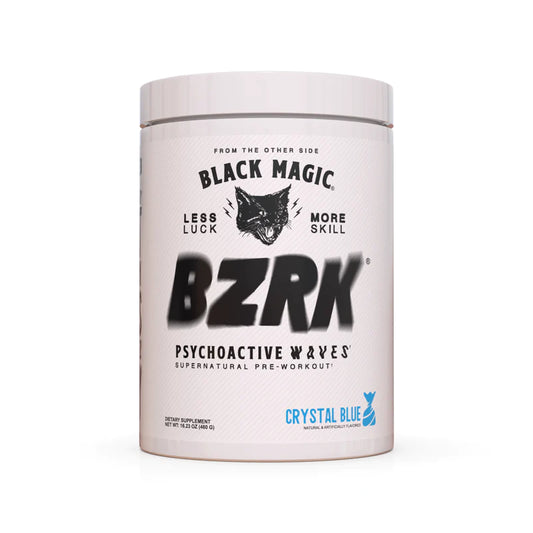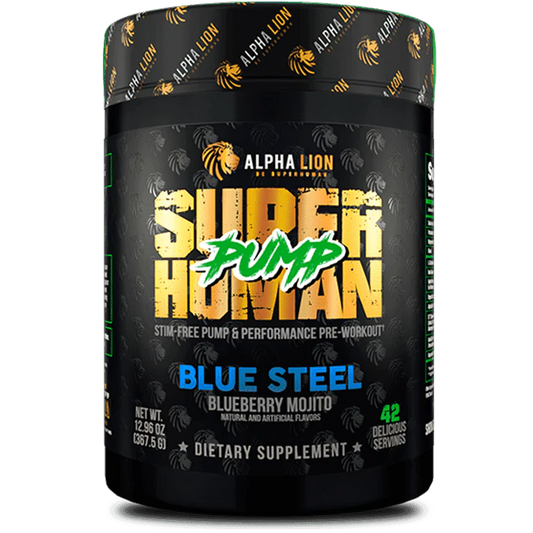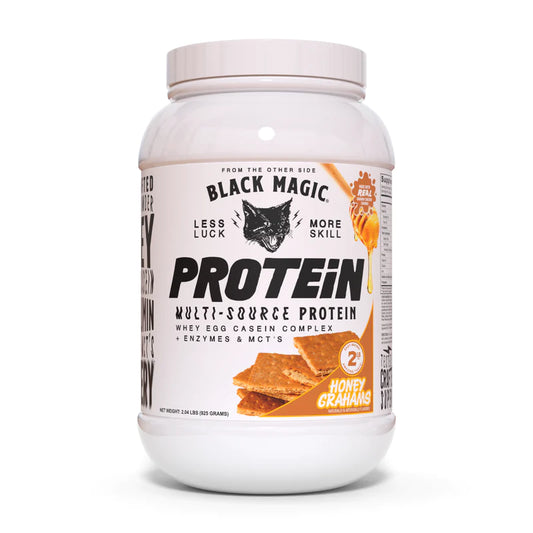Androdiol (androstanolone) is a synthetic anabolic-androgenic steroid that has recently exploded in popularity within the bodybuilding and fitness communities. Often referred to as a "designer steroid," androdiol is an engineered compound that aims to provide the muscle-building and performance-enhancing effects of traditional steroids like testosterone, while avoiding detection by anti-doping tests.
In this 3000-word blog post, we'll take an in-depth look at androdiol, examining its chemistry, purported effects, legality issues, and the ongoing debate surrounding its use. Key topics covered include:
- What Is Androdiol? The Basics
- How Does Androdiol Work in the Body?
- Purported Effects on Muscle Growth and Performance
- Side Effects and Health Risks
- Legality and Status in Sport/Bodybuilding
- Methods and Cycles of Use
- Arguments For and Against Androdiol Use
- Testing for Androdiol - The Cat and Mouse Game
- The Future of Designer Steroids
What Is Androdiol? The Basics
Chemically known as 17β-hydroxy-5α-androst-1-en-3-one, androdiol is a synthetic androgen and anabolic steroid that is derived from dihydrotestosterone (DHT). It is structurally similar to well-known steroids like testosterone, boldenone and nandrolone.
Androdiol was initially developed and patented in the 1960s by pharmaceutical company Searle. However, it was never marketed as a prescription drug. In the 1990s, androdiol began being sold as a "dietary supplement" to bypass laws prohibiting the sale of unapproved drugs. Today, it is readily available online from various underground laboratories and sellers.
How Does Androdiol Work in the Body?
As an anabolic-androgenic steroid, the effects of androdiol on the body resemble those of testosterone and DHT. Once ingested or injected, it exerts its effects by binding to and activating the androgen receptor.
The activation of this receptor stimulates protein synthesis, resulting in increased muscle growth and strength. Androdiol is considered to be extremely anabolic, significantly boosting nitrogen retention in muscles.
In addition, androdiol is not susceptible to aromatization (conversion to estrogen). It cannot convert to DHT either. This makes its effects very targeted towards building muscle.
At higher therapeutic doses, androdiol also leads to suppression of natural testosterone production. This requires a "post-cycle therapy" regimen after use.
Purported Effects on Muscle Growth and Performance
Within bodybuilding circles online, androdiol has gained a reputation as a potent steroid alternative that brings about lean, dry gains in muscle mass. The purported effects include:
- Significant increases in muscle size and strength
- Enhanced protein synthesis and nitrogen retention
- Decreased body fat percentage/improved physique definition
- Improved recovery time between workouts
- Increased stamina, endurance and workout performance
- No water retention or bloating
These effects make androdiol appealing for bulking, cutting, and recomping phases. However, its potency means cycling and dosing have to be carefully managed to avoid side effects.
Anecdotal reports indicate gains of 10-15 lbs of lean muscle mass over 4-6 week cycles at moderate doses like 300-500mg/week. Such dramatic results in a short time frame have contributed heavily to its popularity.
Side Effects and Health Risks
While marketed as more mild than traditional steroids, androdiol still carries significant risks:
- Androgenic - can cause hair loss, acne, oily skin in predisposed individuals
- Cardiovascular strain - negative cholesterol changes, hypertension
- Testosterone suppression - requires proper PCT after cycles
- Liver toxicity - can stress the liver at higher doses
- Gynecomastia - unusual but possible due to hormonal changes
Proper cycling, dosing and ongoing health monitoring is critical with androdiol use. Stacks with liver support and PCT supplements are commonly used to mitigate side effects. Still, all anabolic steroids carry inherent risks that users must accept.
Legality and Status in Sport/Bodybuilding
The legal status of androdiol is contested across different countries. In the USA, it falls under the Controlled Substances Act as an anabolic agent. The DEA categorizes it as a Schedule III substance alongside traditional steroids.
Androdiol is also banned in competitive sports/bodybuilding under anti-doping policies. Detection has proven challenging though, as drug tests developed by WADA have to be specifically calibrated to identify it. This has allowed some athletes to pass doping tests while using androdiol.
The World Anti-Doping Agency (WADA) has ramped up efforts to reliably detect all designer steroids, including androdiol and its metabolites. However, underground labs continuously experiment with chemical tweaks to try and stay a step ahead. This ongoing battle continues with both sides trying to outmaneuver the other.
Methods and Cycles of Use
Within bodybuilding communities, suggested androdiol doses range from 200mg to 600mg per week. It is most commonly administered via intramuscular injection, but oral tablet forms have also emerged.
A typical androdiol cycle length is 4 to 6 weeks. This is followed by an equal length off-cycle break. Beginners are advised to start on the lower end of the dosage range and assess tolerance.
Stacking androdiol with other steroids or prohormones is also common. Experienced users may combine it with compounds like testosterone, Anavar or Winstrol to enhance its effects.
As an oral tablet, the average dosage is 50-100mg per day. Injectable versions are dosed every other day or twice weekly. Proper sterile injection procedures must be followed to avoid infection.
Using a cycle support supplement before, during and after androdiol is also recommended. These provide liver protection, cholesterol optimization and blood pressure regulation. A full PCT plan should follow every cycle.
Arguments For and Against Androdiol Use
Opinions remain divided on whether the upsides of androdiol outweigh its drawbacks:
Arguments For Use:
- Provides dramatic muscle and strength gains
- Able to add lean mass quickly
- Not as toxic as other steroids
- Lower estrogen and DHT side effects
- Minimal water retention or bloating
- Allows "clean bulking" without fat gain
- Can aid competitive or physique athletes
Arguments Against Use:
- Still carries side effects like other AAS
- Long-term health impacts not fully known
- Requires cycling and PCT for safety
- Legal status makes it high-risk to possess
- Ethical issues - unfair advantage in competition
- Contributes to unrealistic body standards
- Encourages abuse of appearance/performance enhancing drugs
There are valid points on both sides of this debate. Each individual has to weigh up the pros and cons when deciding whether to utilize powerful compounds like androdiol.
The Future of Designer Steroids
The emergence of selectively-engineered steroids like androdiol poses challenges for anti-doping authorities, regulators, and competitive sports federations in the years ahead.As detection technology improves, underground chemists will likely continue innovating new performance enhancers that side-step drug tests. Predictions are that these "designer" drugs will only grow in sophistication and availability online.
Expect the ongoing game of cat and mouse between testers and dopers to ramp up as money and prestige on the line increase. With social media and online retail lowering barriers, the temptation for athletes and gym-goers to experiment with these substances will likely rise as well.
The public conversation around PED safety, fairness and ethics will need to evolve in parallel. While designer steroids offer enticing benefits, their long-term impacts on health and sport are difficult to predict. Striking the right balance between personal freedom and systemic integrity won't be easy.
One thing seems certain - we likely haven't seen the last of powerful, questionable substances like androdiol. Where the situation goes from here depends on how consumers, regulators, manufacturers and athletes collectively respond to this complex challenge in the years ahead.



